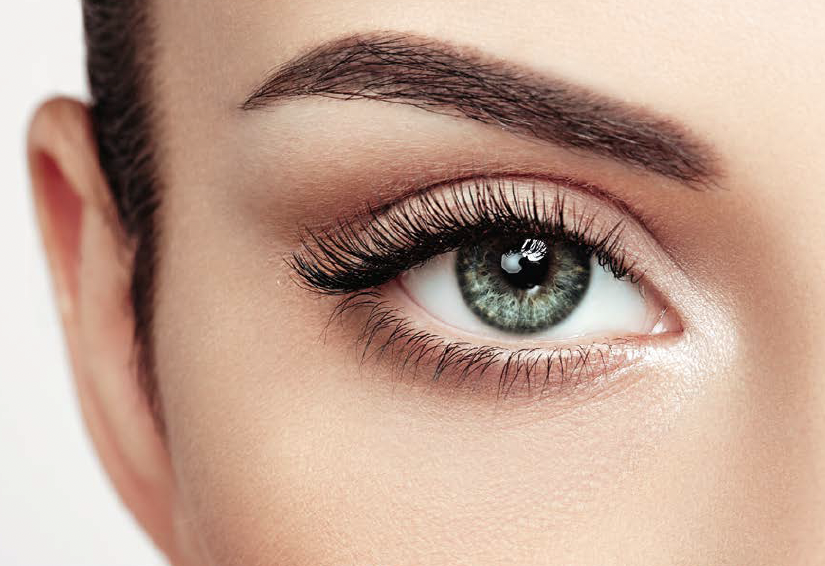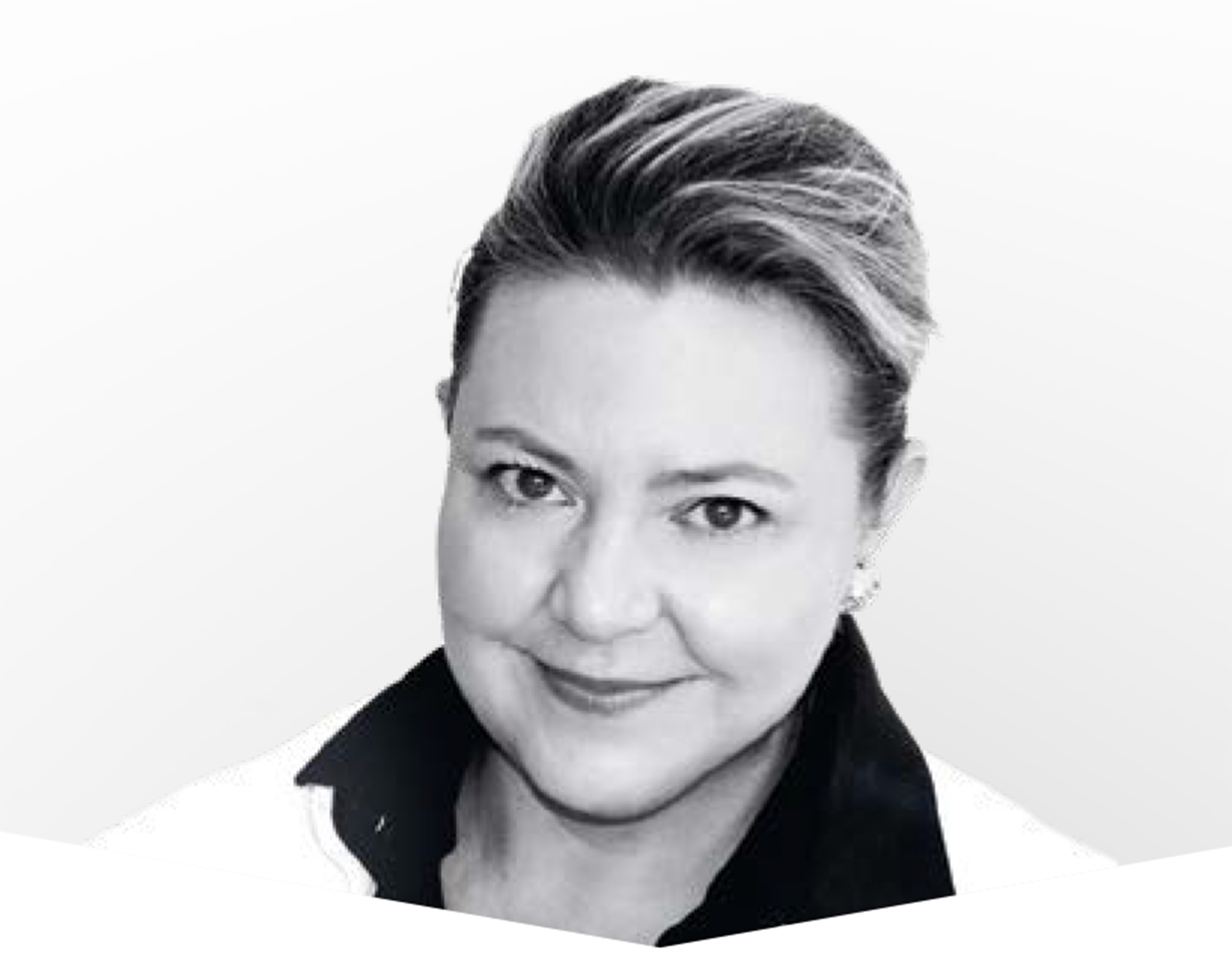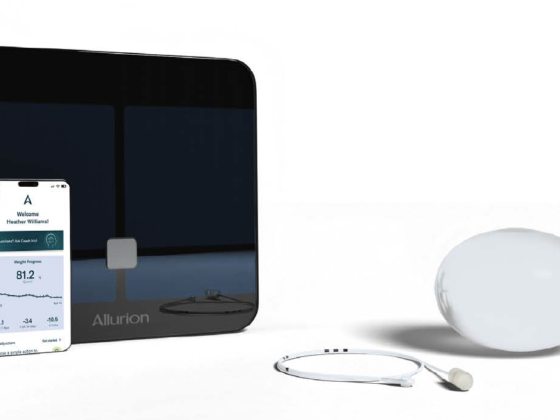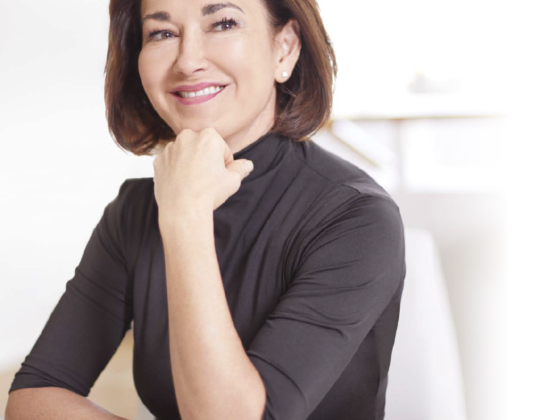Dr Véronique Emmenegger
Sophisticated eyelid surgery is specifically adapted to each ethnic type and each face. We do not perform the same eyelid surgery on Caucasian and Asian patients. It is a question of preserving the charm of the eyes and respecting the integrity of the patient. The specialist surgeon must be sensitive to these differences.
 For eyelid surgery, the surgical strategy must take several factors into account: the shape and position of the eyebrow, the distance between the lower and upper eyelids, the opening of the external angle of the eyelids, the distance between the palpebral crease and the eyelashes, potential sagging of the lower eyelid, the presence or absence of a hollow eye in the upper eyelid, the existence of bags in the lower eyelid, the obliquity that gives an almond-shaped eye, the colour of the eyes, and the quality and texture of the skin. These important factors make it possible to specify the surgery envisaged, not only as eyelid surgery, but above all as eye surgery. In other words, the ophthalmology and oculoplasty specialist’s experience and aesthetic sensitivity are just as important as his or her technical and medical knowledge.
For eyelid surgery, the surgical strategy must take several factors into account: the shape and position of the eyebrow, the distance between the lower and upper eyelids, the opening of the external angle of the eyelids, the distance between the palpebral crease and the eyelashes, potential sagging of the lower eyelid, the presence or absence of a hollow eye in the upper eyelid, the existence of bags in the lower eyelid, the obliquity that gives an almond-shaped eye, the colour of the eyes, and the quality and texture of the skin. These important factors make it possible to specify the surgery envisaged, not only as eyelid surgery, but above all as eye surgery. In other words, the ophthalmology and oculoplasty specialist’s experience and aesthetic sensitivity are just as important as his or her technical and medical knowledge.
Respect for ethnic characteristics
In a Caucasian population, in addition to excess skin, it is possible to correct tired eyes (insufficient distance between the two eyelids and loss of obliquity), hollow eyes (skeletonisation of the upper eyelid) and sad eyes (upper eyelid drooping, ptosis). It must be adapted to a “full” eye, as there is much more fat in this type of eyelid. The key word remains respect for the Asian eye and the palpebral crease. Sometimes, after the first inexperienced cosmetic eyelid surgery on the Asian population, there can be legitimate disappointment due to the loss of charm. Upper eyelid surgery requires stitches to be inserted. These are removed just a few days after the operation. The scar is positioned in the palpebral crease, making the scarring invisible. Recovery time is therefore short until the stitches are removed. From the next day, it seems reasonable to return to work, especially if you are working from home.
Delicate surgery
In the case of the lower eyelids, and in particular the pockets of fat, these must be removed internally. In other words, there are no scars or stitches to remove, but above all there can be no round or “pea” eyes. Recovery is faster than for the upper eyelids. Tightening the lower eyelid is all that is needed to manage the problem of excess skin while preserving the look of the eye. Contrary to popular belief, male eyelid surgery requires just as much delicacy and finesse as female eyelid surgery. The fundamental difference lies in the thickness and horizontality of the eyebrow in men. The surgical strategy must take this into account.
To sum up, eyelid surgery is a surgical procedure that must be integrated into the overall aesthetics of the eyes. A simple surgical refreshment is usually sufficient for people who have been lucky enough to have naturally attractive eyes. Other eyes, particularly those with asymmetrical eyelids, require more elaborate strategies, potentially requiring modification of the original look. Whatever the case, and this is where the procedures are much more sophisticated than they appear, the success of cosmetic eyelid surgery depends above all on the light and reflection restored to the eyes.
Plasma lift as an alternative for MILD cases
There is a non-surgical approach for anyone hesitating to take the plunge into cosmetic eyelid surgery, and suffering only from slight sagging of the upper eyelids or a slight excess of skin on the lower eyelids. This is plasma-lift. This non-invasive treatment uses the plasma technique, without the need for a scalpel, without touching the skin and without injections of anaesthetic. Various types of laser are now also available, with recognised efficacy.
 Dr Véronique Emmenegger: Doctor of Medicine. Double qualification as a specialist FMH (Switzerland) in dermatology, venereology, allergology and clinical immunology. In 1998, she co-founded Clinic Lémanic in Lausanne, Switzerland, dedicated to anti-aging medicine and the health and beauty of the skin. She has been its medical director for 25 years. She has won several international awards, including the IIPP Prize for Merit in the Development of Medical and Aesthetic Technologies at UNESCO in Paris, and the Prize for the Best Clinic in Anti-Aging and Preventive Medicine awarded in spring 2023 in Monaco.
Dr Véronique Emmenegger: Doctor of Medicine. Double qualification as a specialist FMH (Switzerland) in dermatology, venereology, allergology and clinical immunology. In 1998, she co-founded Clinic Lémanic in Lausanne, Switzerland, dedicated to anti-aging medicine and the health and beauty of the skin. She has been its medical director for 25 years. She has won several international awards, including the IIPP Prize for Merit in the Development of Medical and Aesthetic Technologies at UNESCO in Paris, and the Prize for the Best Clinic in Anti-Aging and Preventive Medicine awarded in spring 2023 in Monaco.















